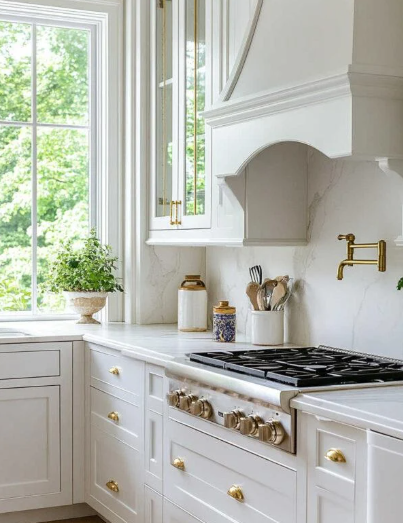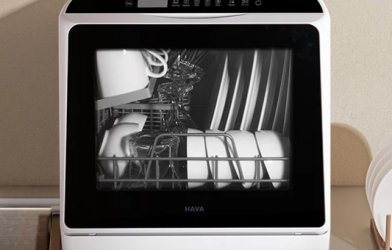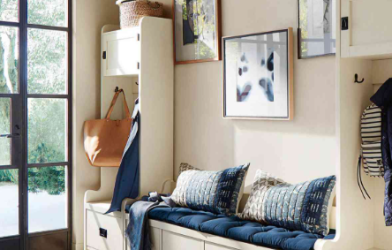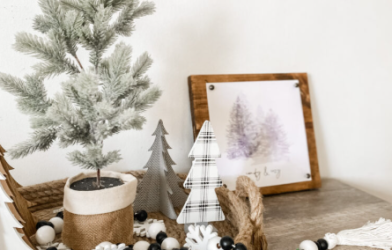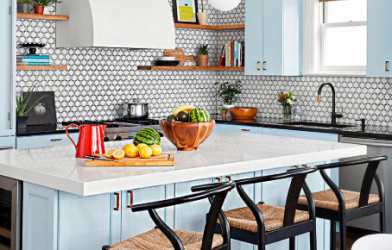Subtotal $0.00
Painting your kitchen cabinets is one of the easiest and most affordable ways to give your kitchen a fresh, updated look. Whether you’re tackling a full renovation or just giving your cabinets a refresh, achieving a smooth, durable finish is crucial to getting that professional look. In this guide, I’ll walk you through how to pick the right cabinet paint finish, whether you’re using oil-based, latex, or hybrid paints, to ensure your kitchen cabinets look polished and last for years.
Preparation Is Key
Before jumping into your cabinet painting project, proper planning and preparation are essential for a flawless finish. Skipping the prep work can lead to a messy result, so take your time and set yourself up for success.
Assess the Condition of Your Cabinets
Start by inspecting your cabinets to determine their current condition. Whether they’re raw wood, previously painted, or stained, the state of the surface will influence the type of paint and preparation needed. You’ll need to know if your existing cabinets have an oil-based or water-based paint to select the right primer and finish.
Gather Your Materials
High-quality materials are key to achieving a professional finish. Choose a trusted paint brand like Benjamin Moore Advance or Sherwin Williams Emerald. You’ll need the appropriate primer, brushes, foam rollers, painter’s tape, sandpaper, and drop cloths. It’s worth investing in good-quality brushes and rollers to avoid streaks or uneven finishes. Even if you’re working with a limited budget, don’t skimp on the essentials.
Plan Your Time
Painting kitchen cabinets is not a quick project. Depending on your kitchen’s size, the prep work, priming, painting, and curing could take several days or even a week. Be prepared to store your kitchen items and plan meals around the disruption—especially if you’re using a paint sprayer. The process takes patience, so allow ample time for each step.
Create a Clean Workspace
A clean workspace is essential for a smooth and effective painting process. Clear countertops, cover appliances and floors, and make sure the area is well-ventilated. If you’re using oil-based paints, ensure proper ventilation to minimize fumes. It’s also a good idea to keep pets and children away from the workspace.
Choosing the Right Paint: Oil vs. Latex
The choice between oil-based and latex paint can significantly impact your results. Each has its pros and cons, so understanding which one suits your needs is essential.
Oil-Based Paint
Oil-based paints, particularly alkyd paints, are known for their durability and smooth finish. They level out well, providing a brushstroke-free surface. Oil-based paints are also resistant to daily wear and tear, which makes them ideal for high-traffic areas like kitchens. However, they take longer to dry, have a strong odor, and require mineral spirits for cleanup. While oil-based paint provides excellent adhesion, it’s often more difficult to work with, so if you’re new to painting, you may want to consider professional help.
Latex Paint
Latex paint, especially acrylic-based formulas, has become a popular choice due to its ease of use. It dries faster, has less odor, and is easy to clean up with soap and water. High-quality latex paints can offer results comparable to oil-based options, but they may need extra sanding between coats to get a smooth finish. Latex paints are ideal for DIY projects, and they’re perfect if you want a quick turnaround.
Hybrid Paint
Hybrid alkyd enamel or waterborne alkyd paints combine the best qualities of both oil and latex paints. These paints provide the durability of oil-based paints with the ease of cleanup of latex, making them a great option for kitchen cabinets. If you’re looking for a professional finish with less hassle, hybrid paints are a fantastic choice.
What Finish Should You Choose?
After picking the right paint, selecting the appropriate sheen is the next step. The finish not only affects the appearance but also impacts the durability and ease of cleaning.
Matte Finish
Matte finishes are non-reflective and can hide imperfections. However, they’re not ideal for kitchen cabinets as they’re difficult to clean and may not hold up well in high-traffic areas.
Satin or Eggshell Finish
Satin finishes offer a subtle sheen, making them a popular choice for kitchen cabinets. They provide a smooth appearance with moderate durability and are easy to clean, striking a good balance between aesthetics and practicality. Eggshell is similar to satin but typically has a slightly lower sheen.
Semi-Gloss Finish
Semi-gloss paint is the most popular choice for kitchen cabinets. It has a noticeable shine that reflects light, helping your kitchen look brighter and more open. It’s durable, resistant to moisture, and easy to wipe down—perfect for high-use areas like the kitchen. Semi-gloss finishes also emphasize details like cabinet trim, giving your kitchen a polished, finished look.
High-Gloss Finish
High-gloss paint offers a very shiny, reflective surface. It’s the most durable and easiest to clean, making it a great option for modern kitchens. However, high-gloss finishes tend to highlight imperfections, so make sure your prep work is flawless before applying this finish.
Recommendation
For most kitchen cabinets, semi-gloss is the best choice. It provides durability, ease of cleaning, and a bright, attractive finish. Satin finishes are a good alternative if you prefer a less shiny look, while high-gloss works well for a more modern, sleek appearance.
The Importance of Proper Prep Work
Good prep work is the foundation of a successful paint job. No matter how high-quality your paint is, poor preparation will result in a subpar finish.
Cleaning
Start by thoroughly cleaning the cabinets to remove grease, grime, and dust. Use a degreaser to ensure the surface is free of oils, which can prevent the paint from adhering properly.
Removing Hardware
Remove all cabinet hardware, including knobs, handles, and hinges. This will make painting easier and prevent paint from getting on these parts. Label each piece of hardware and the corresponding door or drawer to make reassembly simple.
Sanding
Sanding is essential for creating a smooth surface. Sand the cabinets using 120-grit sandpaper for the first pass, and after applying the first coat of paint, use a finer 220-grit sandpaper for a smooth finish. This will help reduce brush strokes and imperfections.
Filling Imperfections
If your cabinets have scratches, dents, or holes, use wood filler to smooth out the surface. Sand the filler after it dries for a flawless finish.
Priming Your Cabinets
Priming is an essential step in the cabinet painting process. A high-quality primer ensures that your paint adheres well and helps cover existing stains or colors.
Choosing the Right Primer
Oil-based primers are great for surfaces that were previously painted with oil-based paints. Water-based primers are ideal for latex or hybrid paints and dry faster, making them easier to work with.
Applying the Primer
Apply the primer in thin, even coats using a foam roller or paint sprayer. Let the primer dry completely before lightly sanding and applying the first coat of paint.
Spraying vs. Rolling
Spraying and rolling are two primary methods for applying paint to cabinets, each with its benefits.
Spray Painting
Using a sprayer provides a smooth, even finish, especially with high-gloss or semi-gloss paints. While it requires more preparation, including masking off areas to avoid overspray, it’s the best option for a professional finish.
Rolling and Brushing
For those without a paint sprayer, rolling and brushing can also produce great results. Foam rollers minimize brush marks, and brushes are necessary for edges and corners. While this method requires more effort, it’s easier for beginners.
Sanding Between Coats
To achieve a smooth, professional finish, lightly sand between coats of paint. This removes any imperfections and helps the next layer of paint adhere better. After sanding, wipe down the surface with a tack cloth to remove dust.
Fixing Mistakes and Curing Time
Mistakes can happen, but knowing how to fix them can ensure your final result is flawless. For any imperfections, sand the area and reapply paint. After the final coat, allow sufficient curing time to ensure the paint has fully set before using the cabinets.
Conclusion
Repainting your kitchen cabinets is a great way to refresh your space, and with the right approach, you can achieve professional-quality results without the high cost of hiring a painter. By choosing the right paint, finish, and prepping your cabinets thoroughly, you’ll enjoy a beautifully transformed kitchen that looks like a high-end renovation.




